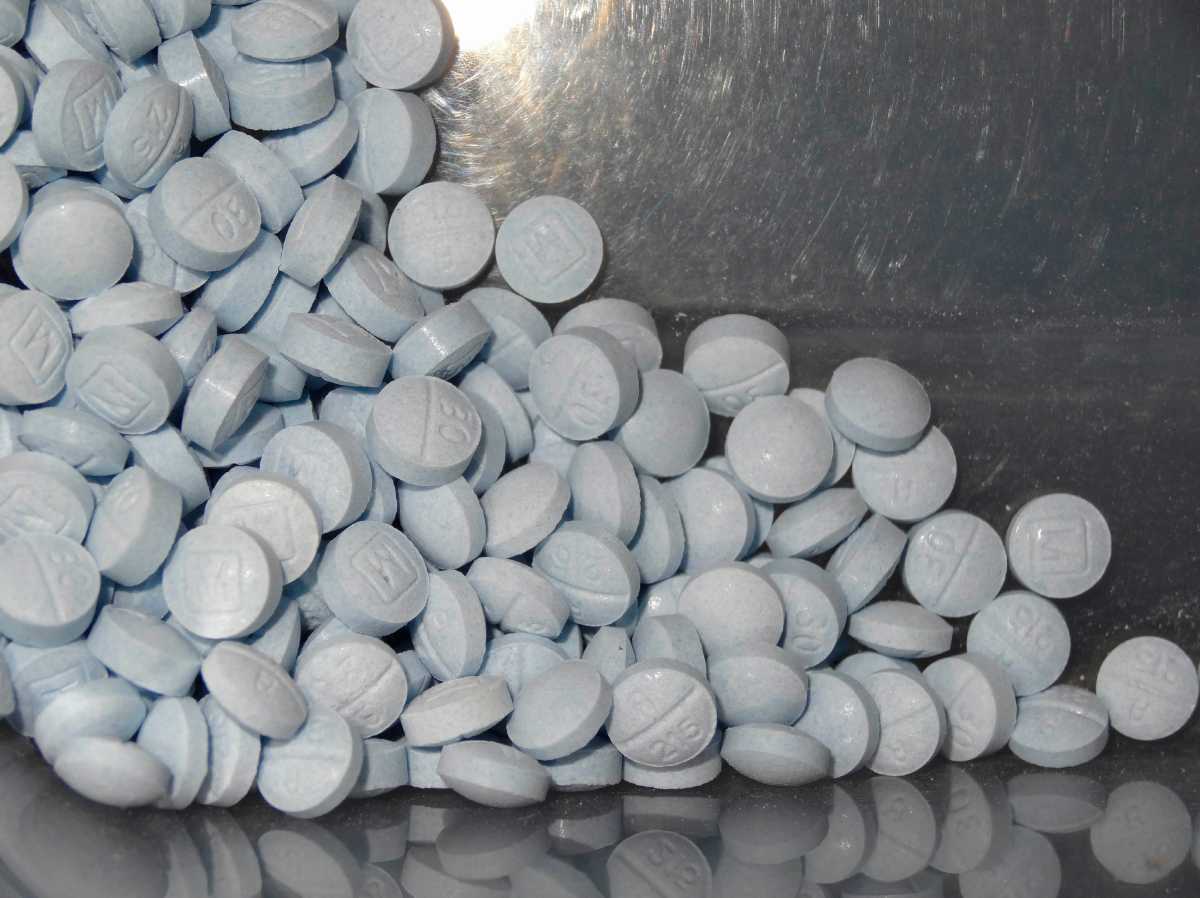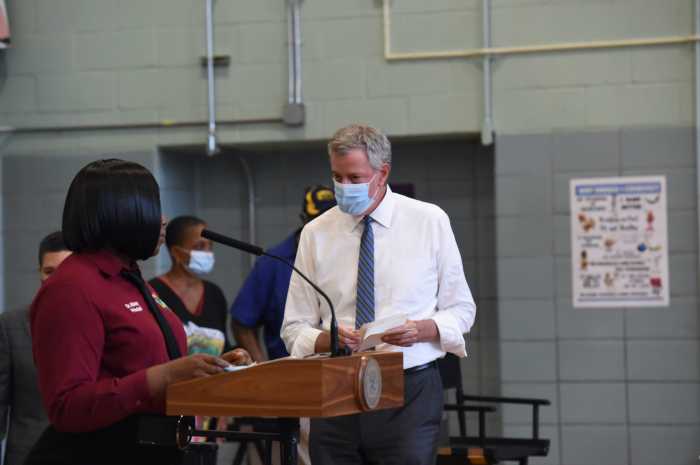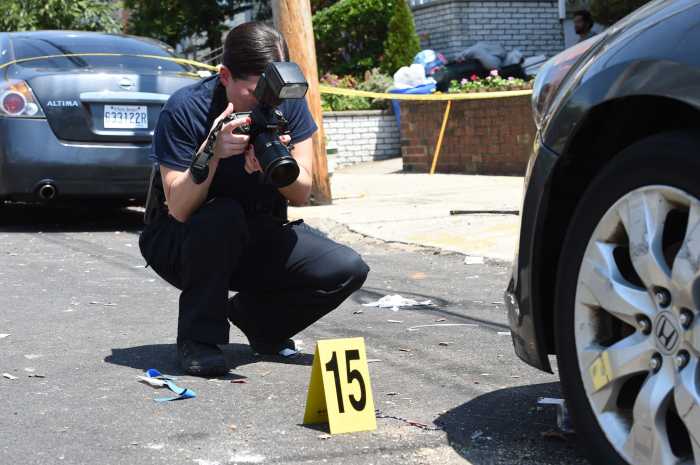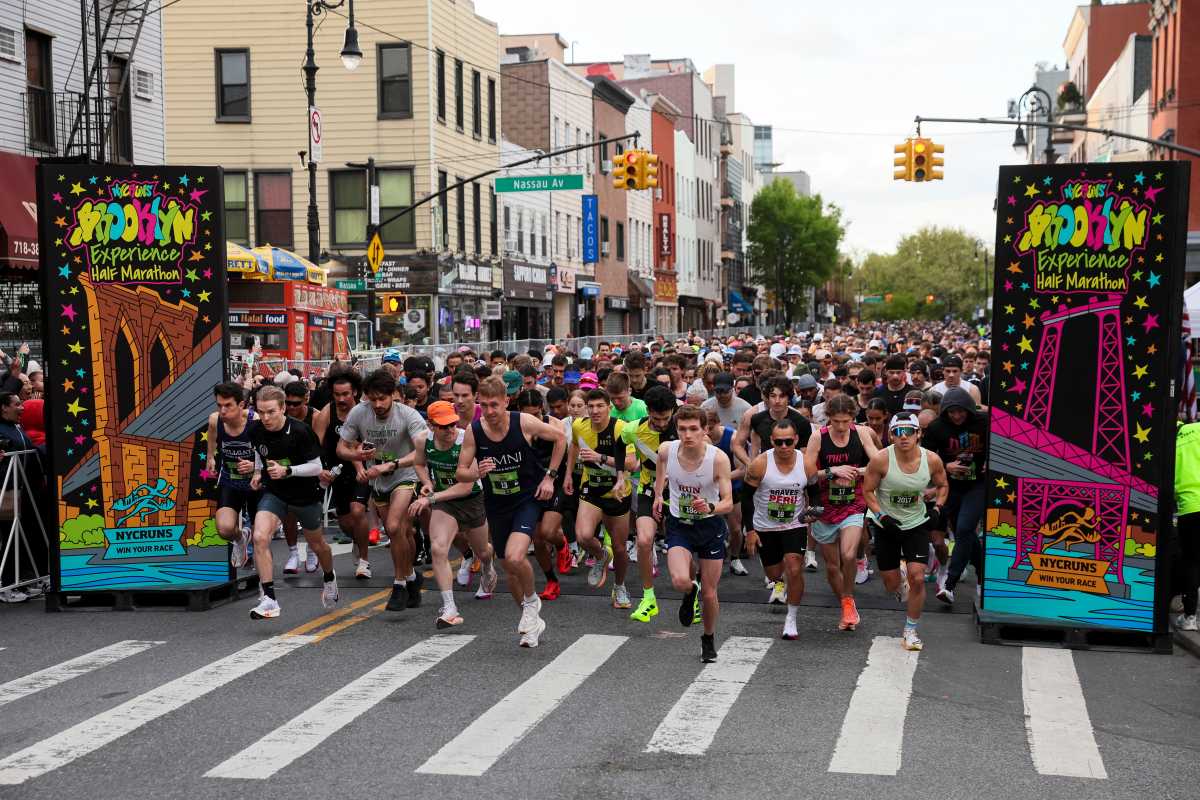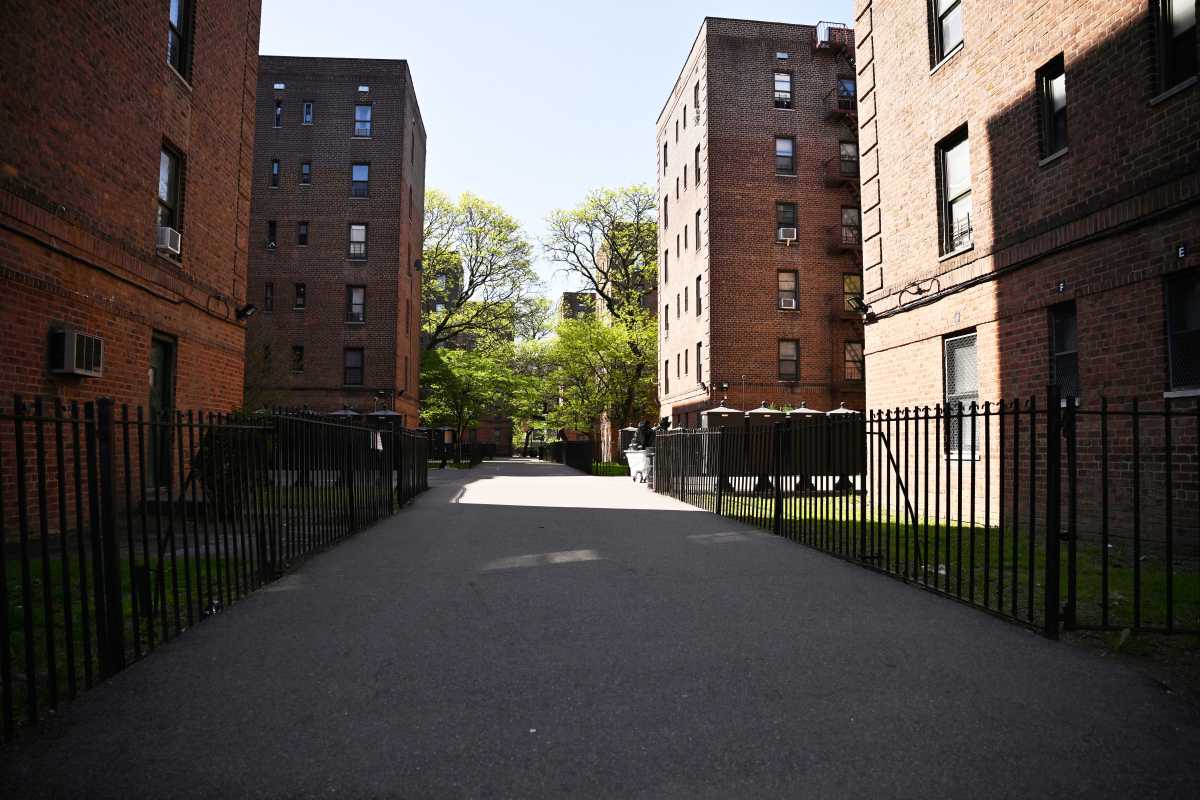Accidental overdose deaths are continuing to increase in New York City following a worrisome years-long pattern, according to city Health Department data released Wednesday.
Between January and March of this year, 440 New York City residents died due to an accidental drug overdose, nearly 100 more deaths during the same time last year with the majority of those deaths occurring in the Bronx, according to a provisional overdose report.
Brooklyn saw the second-largest number of overdose deaths, 81 in total, during the early months of the year followed by Manhattan with 76 deaths, Queens with 73 deaths, and Staten Island with 32 deaths, according to the report.
City health officials are waiting on data from the second quarter of the year, between April and June, to understand the impact of the ongoing COVID-19 pandemic on the increase in overdose deaths. In the meantime, the city has pledged to invest an extra $2 million in overdose outreach and prevention resources to combat rising deaths including expanding access to buprenorphine, a medication used to treat opioid addiction, and increasing the distribution of naloxone, an injectable medication used to stop opioid overdoses, at community-based organizations.
In addition, the city plans on making naloxone more easily available by setting up “harm reduction vending machines,” according to a release from the New York City Department of Health and Mental Hygiene.
“Even before the COVID-19 pandemic gripped New York City, overdose deaths were at record levels, consistent with national trends,” said Health Commissioner Dr. Dave A. Chokshi in a statement. “This has been a tragedy leading into a crisis. Every fatal overdose is preventable and we will continue our work to keep our fellow New Yorkers alive.”
Last year, 1,463 New York City residents died because of an accidental drug overdose, 11 more deaths than in 2018 with the opioid Fentanyl detected in 68% and 60% of drug overdoses in those years consecutively making it the most common substance linked to overdose deaths for the third year in a row.
The synthetic opioid, originally developed to help cancer patients manage their pain, is roughly 50 to 100 times stronger than morphine.
For the last three years, NYPD laboratory testing has shown an increased presence in heroin, cocaine, ketamine, methamphetamine, and benzodiazepines as well as other opioids among those who have died of an overdose, the report says.
The data corresponds to a concerning national trend on accidental overdoses. Roughly 81,000 people in the United States died as the result of accidental drug overdoses between May 2019 and May 2020, according to the Centers for Disease Control and Prevention, with Fentanyl described as the “driving force” behind the spike in overdoses.
Overdose deaths caused by the opioid went up by over 38% during that 12-month timeframe, the CDC claims.
While overdose deaths were increasing nationally in the country last year, CDC data suggests that the pandemic “accelerated” overdose deaths.
“The disruption to daily life due to the COVID-19 pandemic has hit those with substance use disorder hard,” said CDC Director Robert Redfield when the CDC released their overdose numbers earlier this month “As we continue the fight to end this pandemic, it’s important to not lose sight of different groups being affected in other ways.”



